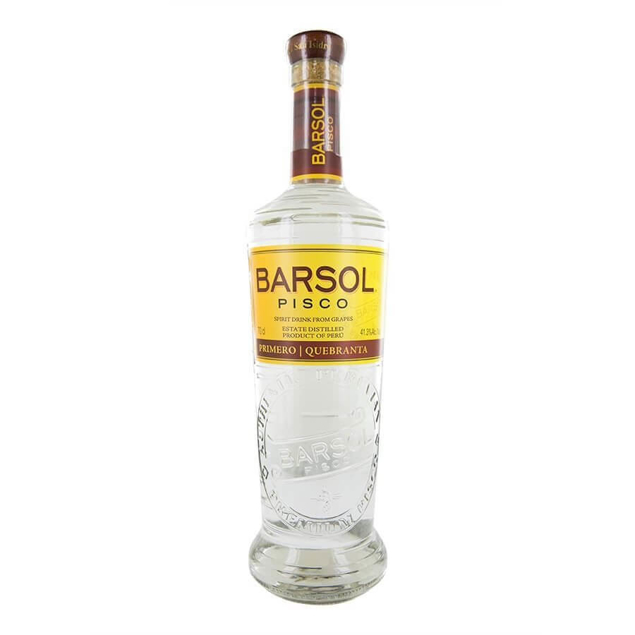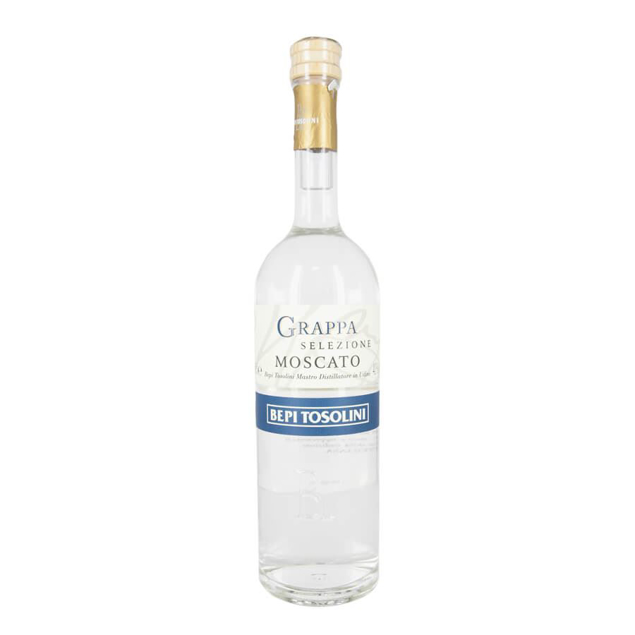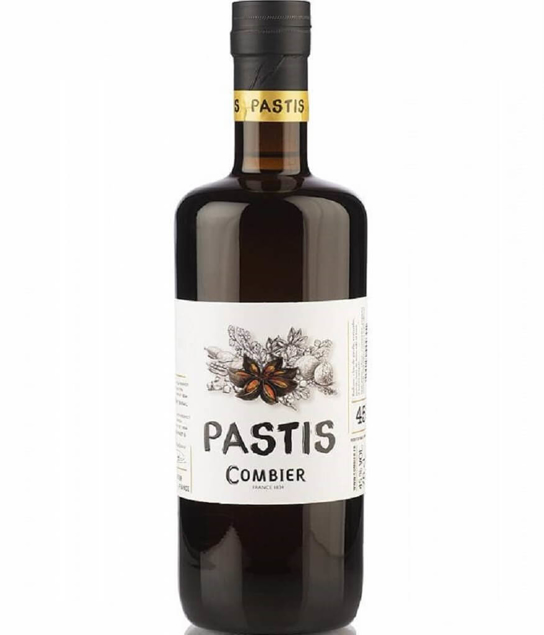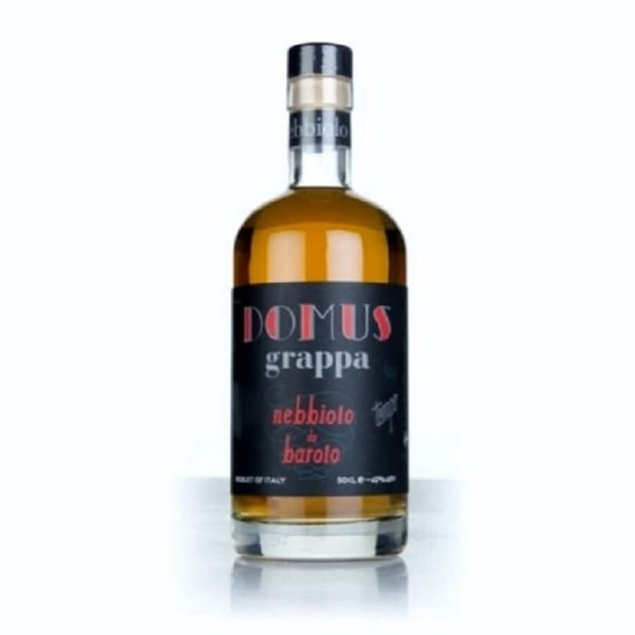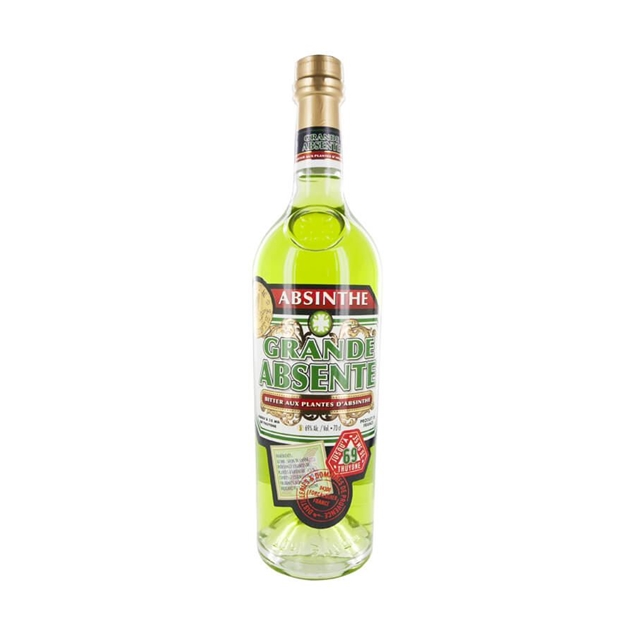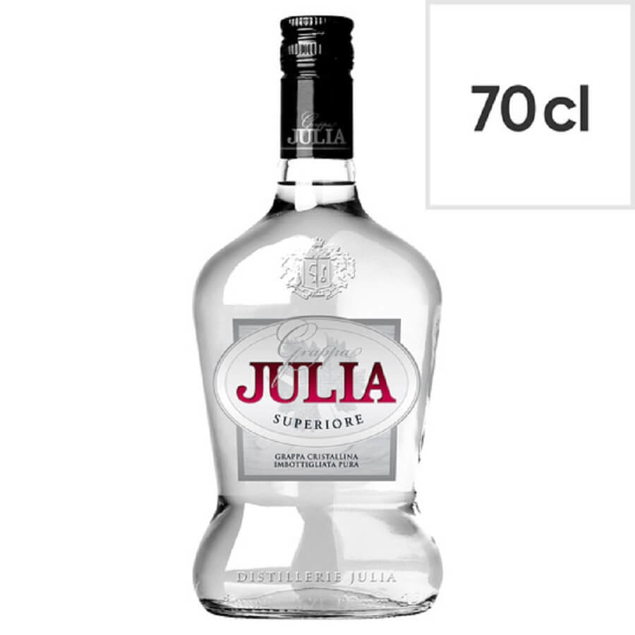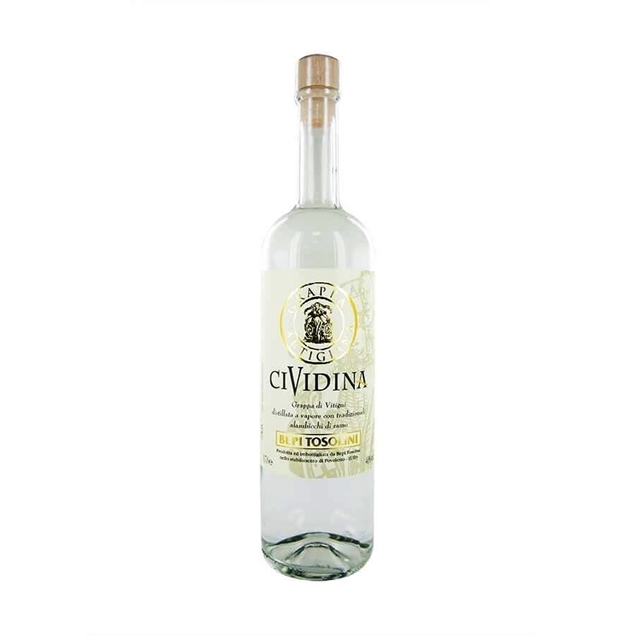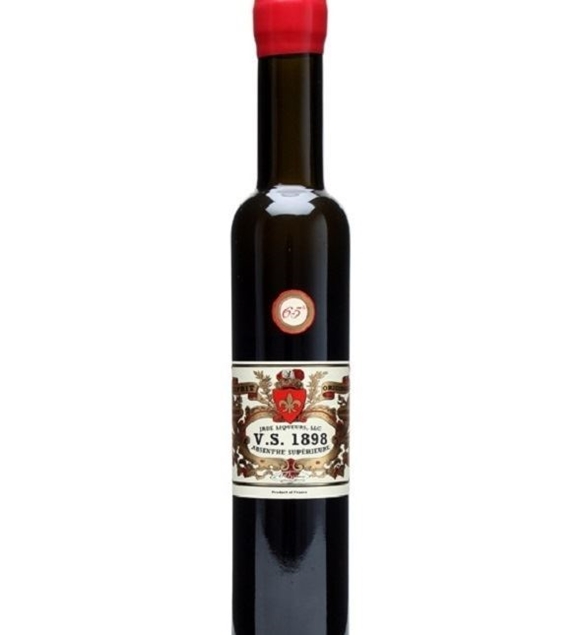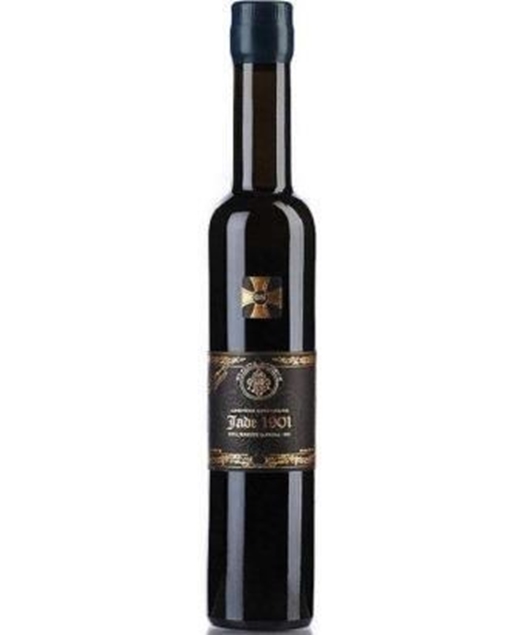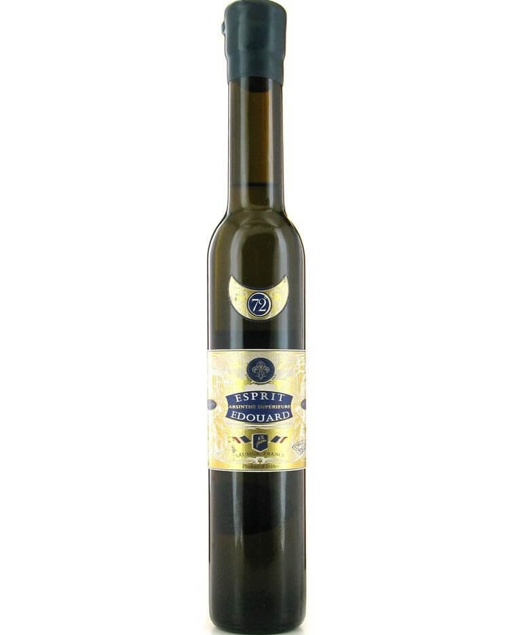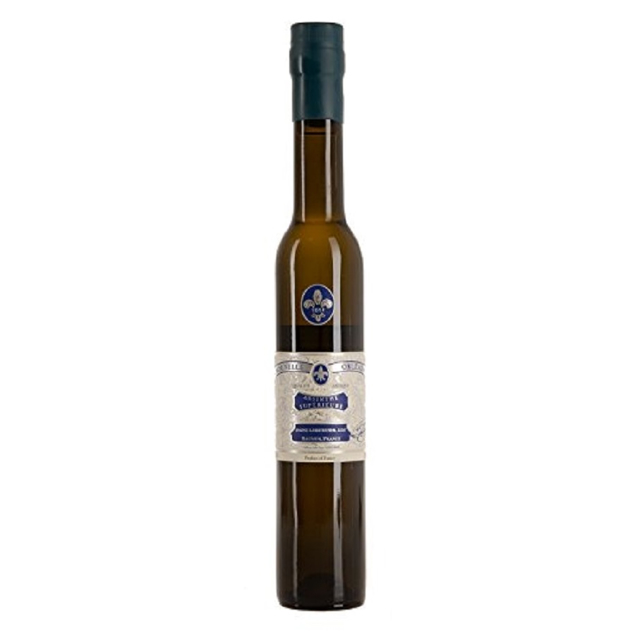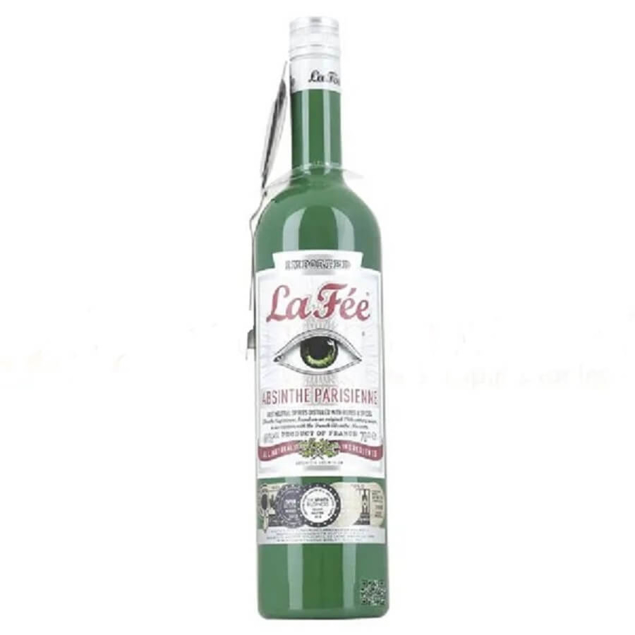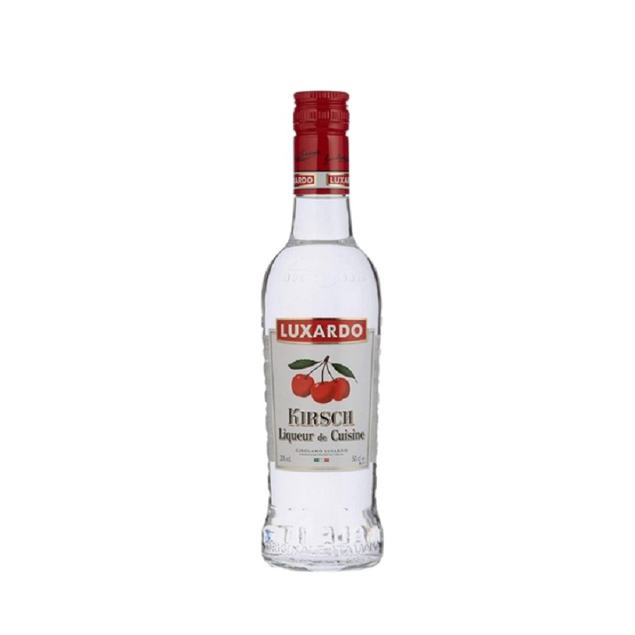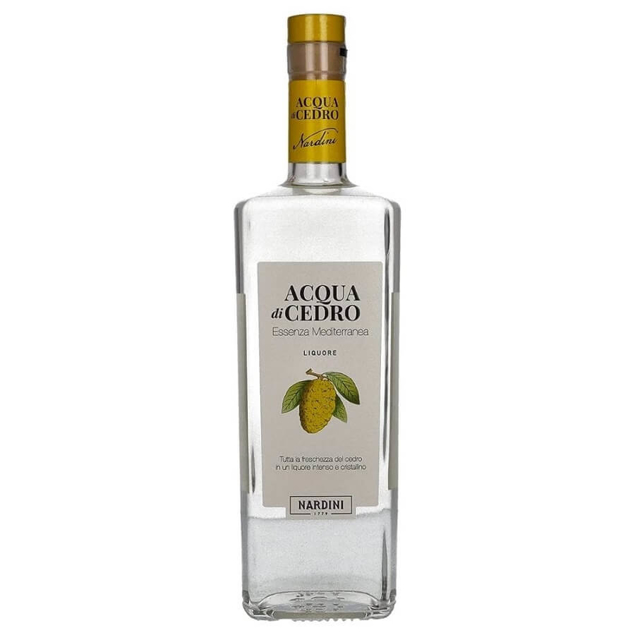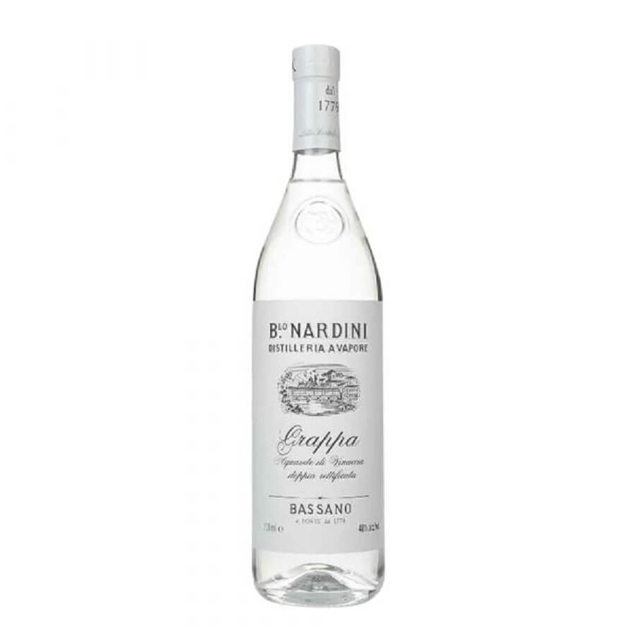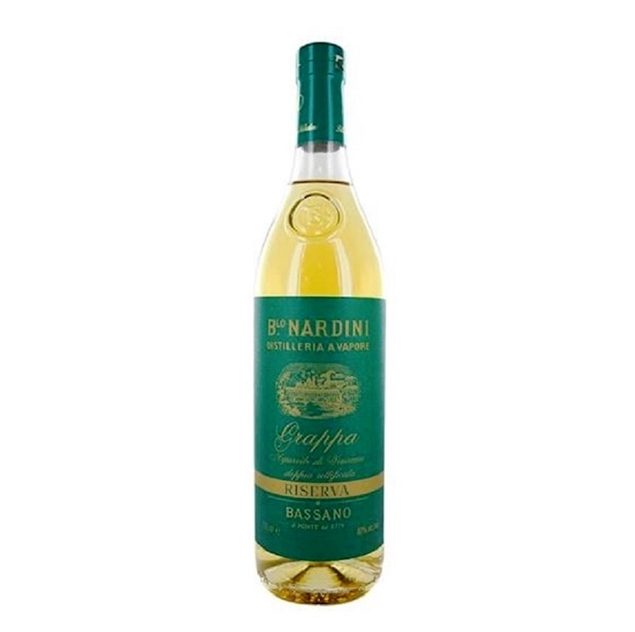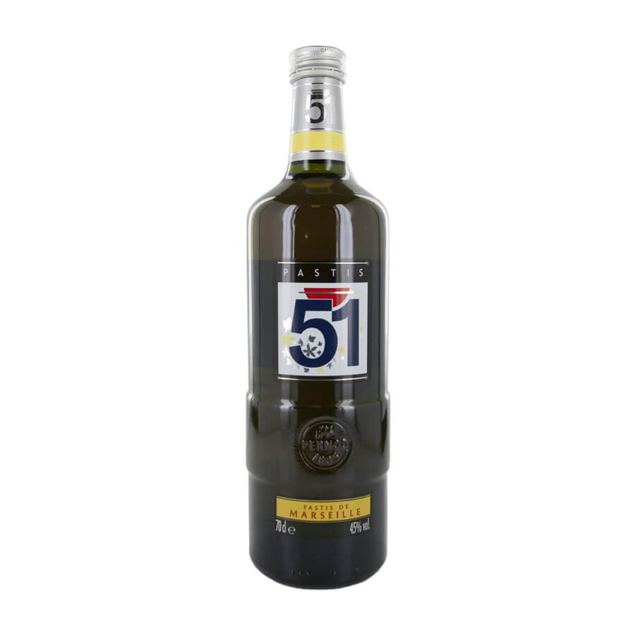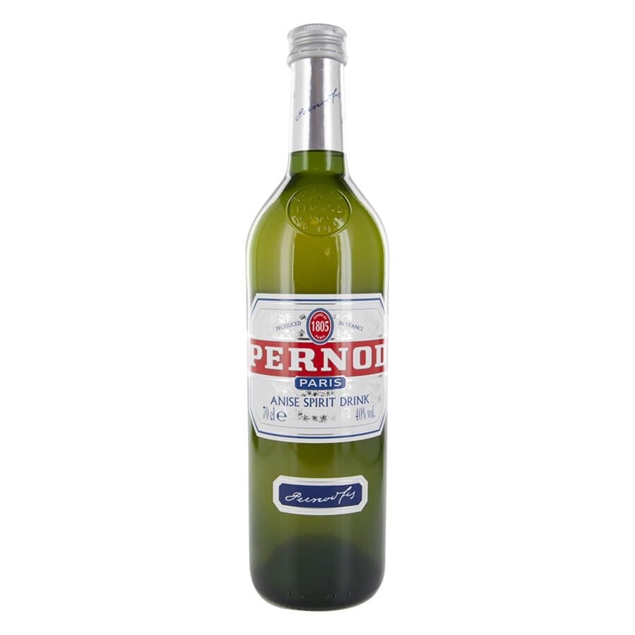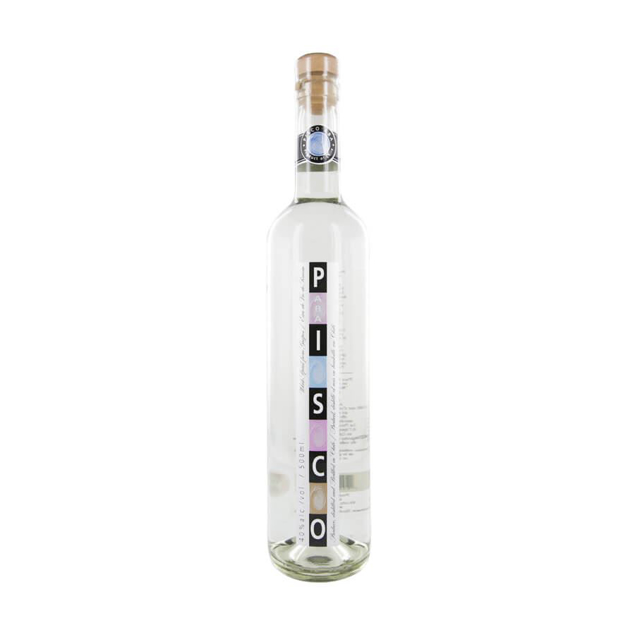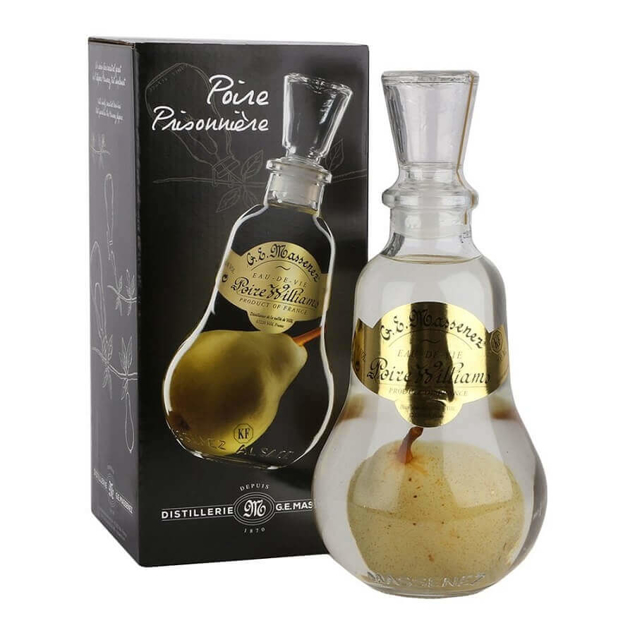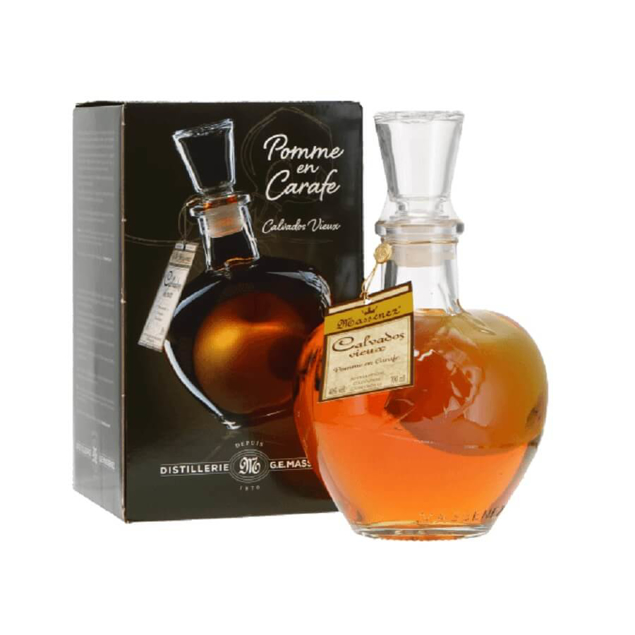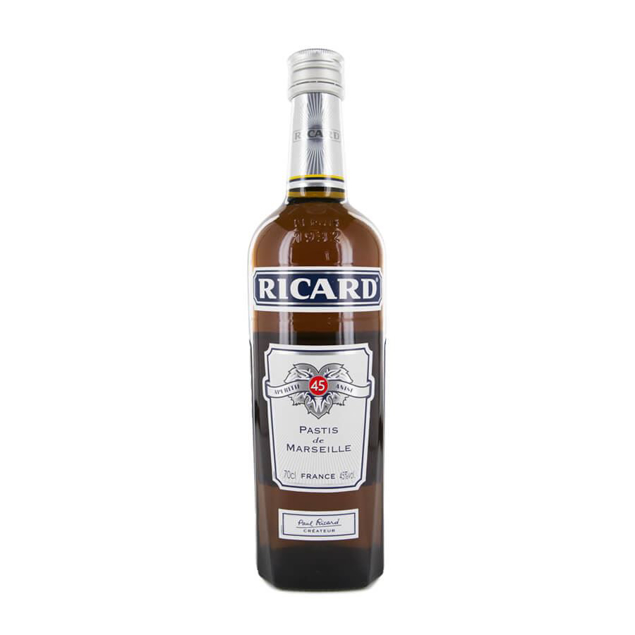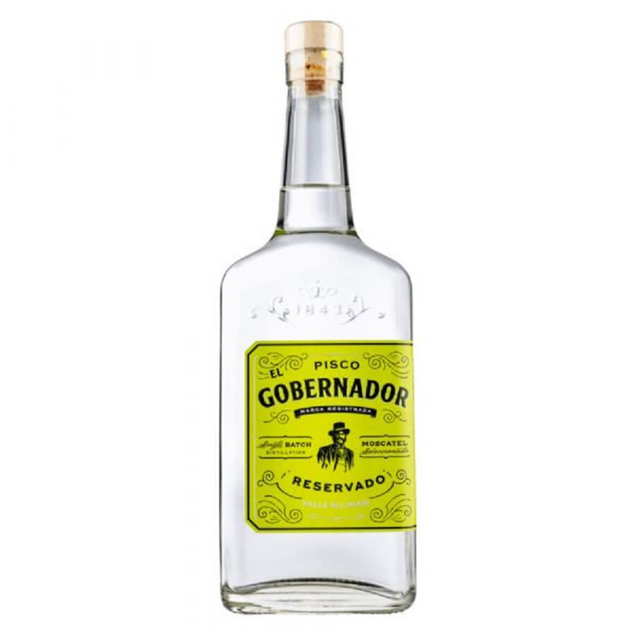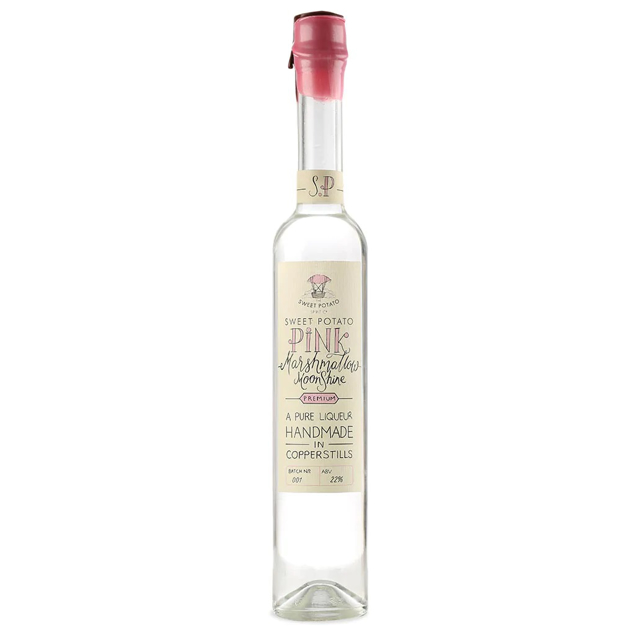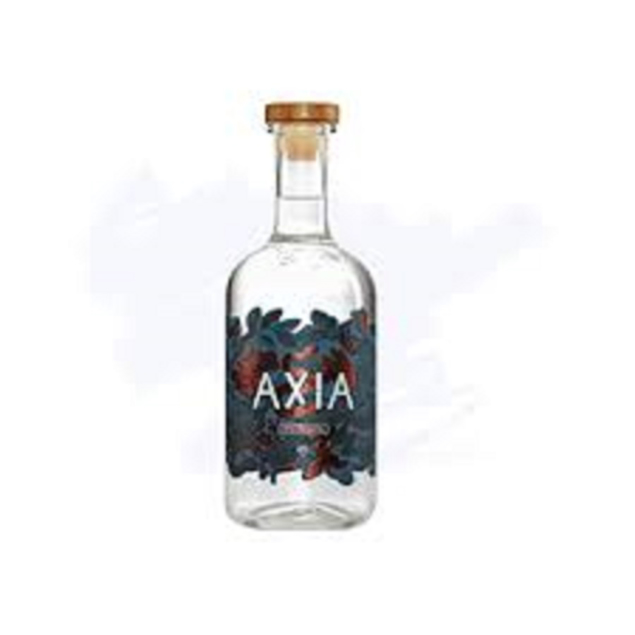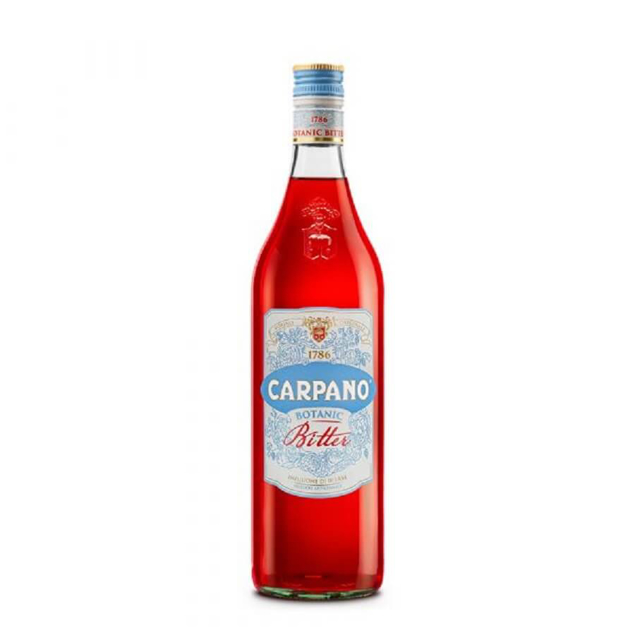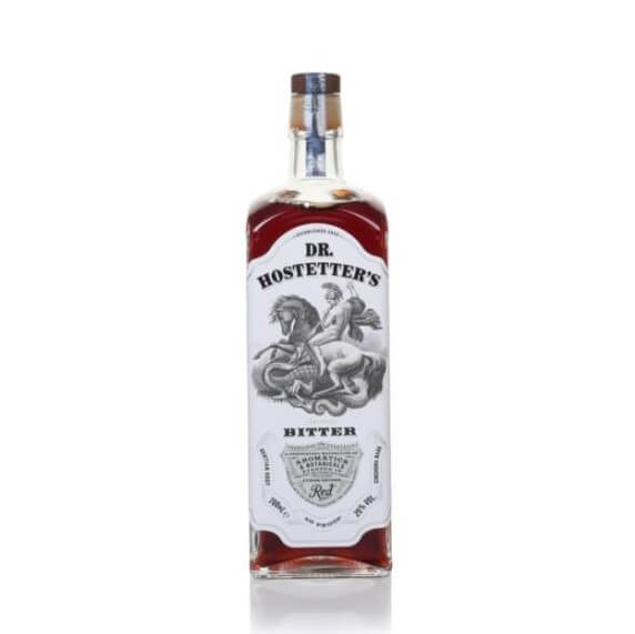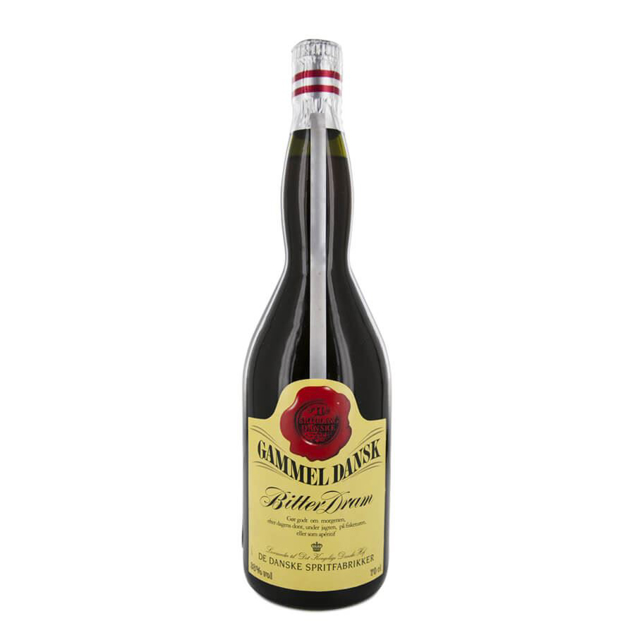We use cookies to improve your experience. With your consent, we also use cookies to personalise content and analyse traffic. By clicking ‘Accept’, you agree to our use of cookies as described in our Customer Privacy & Cookies Policy
BARSOL QUEBRANTA Pisco Primero ,70cl
Bepi Tosolini Grappa Moscato , 70cl
Combier Premium Pastis , 70cl
Domus Nebbiolo da Barolo Grappa , 50cl
Grande Absente Provence, 70cl
Enjoy a date with the Green Fairy! Grande Absente is a premium absinthe, high proof without being overwhelming. Vividly neon green with a bouquet of aromas incorporating mint, lemon blame, aniseed and of course wormwood, Grande Absente Original is made to a pre-ban absinthe recipe the flavour builds as you enjoy each sip. Enjoyed by absinthe connoisseurs and dedicated spirits advocates around the world in the traditional way with sugar and water.
Grappa Julia Superiore , 70cl
Grappa Tosolini Cividina, 70cl
Spring water clear and aromatically fruity, Tosolini Cividina Grappa is robust and awash with the fresh flavour of grapes. Distilled in Northern Italy in traditional copper stills, there is a Slavic and Austrian influence due to the region of the distillery. With sweet brandy undertones mixed with the pomace of the grapes, Tosolini Cividana Grappa has a mellow flavour which marries wonderfully with aromatic notes and the sweetness of grapes throughout.
Jade 1898 Absinthe, 20cl
Jade 1901 Absinthe, 20cl
An exceptionally crafted vintage-style absinthe created as a tribute to one of the world’s most famous pre-ban absinthes, Pernod Fils. Jade 1901 has a balanced flavour with a strong herbal aroma and an aftertaste rich in wormwood and aniseed. It has a distinct pale golden colour with a greenish tinge and fresh, woody aromas with notes of sage, tarragon and lime blossom. The alcohol content combined with the strength of wormwood provide the characteristic palate-numbing sensation absinthe is known for.
Jade Esprit Edouard Absinthe , 20cl
Jade Nouvelle Orleans Absinthe , 20cl
Jade Premium Absinthe Terminus Oxygenee, 70cl
La Fee Absinthe Parisienne, 70cl
Luxardo Kirsch de Cuisine (cherry), 50cl
Nardini Acqua Di Cedro, 70cl
Nardini Grappa Bianca 40%, 70cl
Pastis 51, 70cl
Pernod Absinthe, 70cl
Pernod Liqueur, 70cl
Pernod was created to sate the appetite of the French for aniseed. Without the inclusion of notorious wormwood Pernod could be enjoyed once absinthe was banned and its strong and distinct flavour ensures it’s still enjoyed today. Turning cloudy when water is added to improve the taste, Pernod is rich with aniseed, rooty liquorice and fennel working in perfectly harmony. The herbal complexity of each drink makes it even more enjoyable and helps temper the intensity of the liquorice.
Pisco ABA Chile, 50cl
ABA Pisco is a prized Chilean creation which is produced using a double distillation method in copper pot stills. Perfect for Chile’s favourite Pisco Sour cocktail, ABA utilises the fresh, juicy grapes of the Muscat variety, grown in the Chilean Andes. Crystal clear and exceptionally flavoured, ABA Pisco offers the taste of jasmine flowers, sweet honey and tangerine creating a flavour which is soft on the palate and syrupy sweet.
Poire Prisonierre Carafe Eaux de Vie (pear in bottle), 70cl
Pomme en Carafe Eaux de Vie Calvados (apple in bottle), 70cl
Ricard Pastis , 70cl
El Gobernador Pisco Chile, 70cl
Roots Diktamo, 70cl
Sweet Potato Moonshine Pink Marshmallow , 50cl
Axia Dry Mastika Chios, 70cl
Carpano Botanic Bitter , 1L
Dr Hostetters American Bitters Bitters , 70cl
Gammel Dansk Bitters , 70cl
For Danes this drink needs no introduction, it’s one of their most famous and most loved. Gammel Dansk. Everything from its name to its production has a Dutch feel and it has an aromatised flavour which unique and stands out from other bitters on the market with deep nutmeg, ginger and laurel notes coming through from the first taste. The exact recipe is a secret but it offers an aperitif which balances sharpness with a biting bitterness and sweet undertones.


